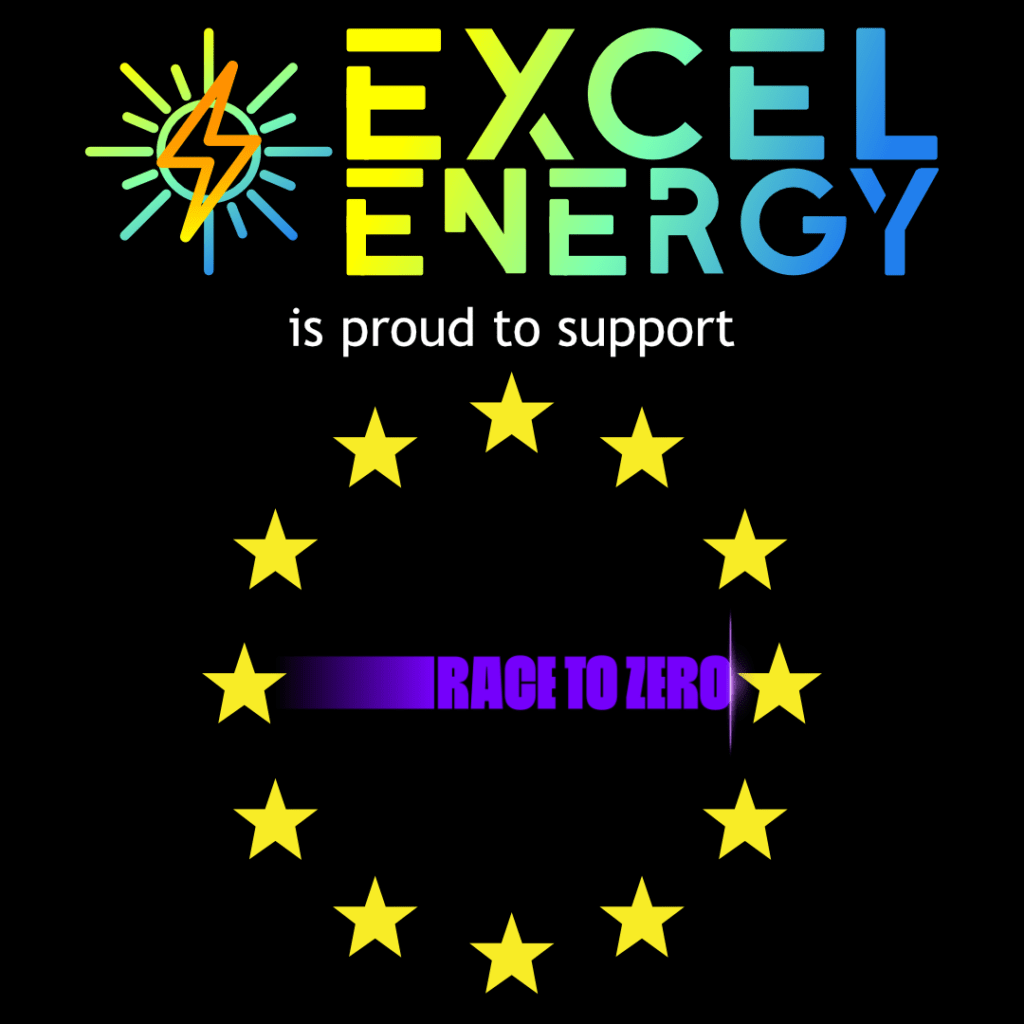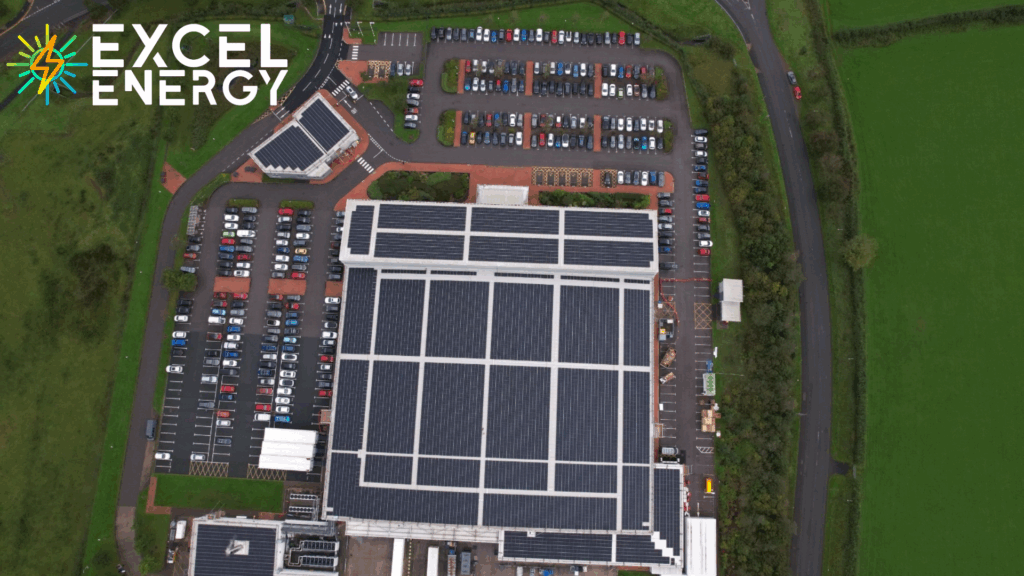The EU's Race to Net Zero: A Blueprint for a Climate-Neutral Future
The Race to Net Zero is central to the European Union’s climate strategy. It is a strong commitment to achieve climate neutrality by 2050. This initiative is not just a policy goal; it is a detailed plan to cut emissions, change energy systems, and promote sustainable economic growth in member states. With global temperatures rising and the effects of not acting becoming worse, the EU is taking the lead in reducing carbon emissions. It sets an example for others in the urgent global effort to fight climate change.
GRASPING Net Zero: A Crucial Distinction
Before diving into the EU’s strategy, it is essential to appreciate what “net zero” truly means. Net zero refers to achieving a balance where the amount of greenhouse gases (GHG) we emit matches the amount we remove from the atmosphere.
This doesn’t mean stopping all emissions. Despite our best efforts, that remains unrealistic for many sectors. Instead, it prioritises significantly cutting emissions to their lowest levels, with any unavoidable emissions being offset by various carbon removal methods.
The concept of “gross zero”, which means achieving zero emissions, is an ideal that we cannot currently reach. Given the seriousness of climate change, the practical approach of net zero allows for economic activities while directly addressing the causes of global warming. Scientists agree that the planet is warming quickly, with the last 20 years being the hottest in recorded history.
Global temperatures have already increased by an average of 1°C. This slight rise has led to widespread droughts, destructive floods, rising sea levels, and more extreme weather. Achieving net zero is considered the most effective way to address these growing threats and prevent irreversible damage.

Significantly, the United Kingdom made history on June 27, 2019, by becoming the first major economy to legislate an end to its impact on climate change. This landmark law committed the UK’s nations to eliminate all greenhouse gas emissions to reach net zero by 2050, setting an example for decisive climate action.
Europe's Ambitious Vision: A Legally Binding Commitment
In November 2018, the European Commission presented a long-term strategy showing how Europe could lead the global shift towards climate neutrality. This strategy, which aims for net zero GHG emissions by 2050, is more than a political goal; it is now part of the law through the European Climate Law.
This legally binding target highlights the EU’s strong commitment to the objective, making it a key element of the European Green Deal.
The move to a climate-neutral society is viewed not as a burden, but as a unique opportunity to create a more sustainable and equitable future for everyone, ensuring that no one is left behind. This significant change requires cooperation from all parts of society and every economic sector, including the energy sector, industry, transportation networks, construction, and essential fields such as agriculture and forestry.
The EU’s leadership in the “Race to Zero” relies on strategic investments in modern technology, encouraging citizens to engage in the transition, and coordinating actions across key policy areas, including industry, finance, and research.
This ambitious goal of climate neutrality also aligns with the EU’s commitments under the Paris Agreement.
In March 2020, the EU presented its long-term strategy to the United Nations Framework Convention on Climate Change (UNFCCC) to highlight its dedication on the world stage.
Additionally, individual EU member countries have developed their own national strategies, outlining their plans to achieve the necessary reductions in GHG emissions to meet both their obligations under the Paris Agreement and the broader EU goal of climate neutrality.
These national strategies must align with the member countries’ integrated National Energy and Climate Plans (NECPs) for the period from 2021 to 2030. The follow-up strategies are due by January 1, 2029, with updates required every five years.
Seven Strategic Building Blocks for Decarbonisation
The European Commission’s strategy is based on seven main interconnected pillars that aim to cut emissions in the economy systematically:
1. Maximise the Benefits of Energy Efficiency:
This includes major improvements in energy consumption across all sectors, with a focus on developing and adopting zero-emission buildings. Cutting energy demand is often the most cost-effective way to lower emissions.
2. Maximise the Deployment of Renewables and the Use of Electricity:
A significant shift toward renewable energy sources is necessary. This pillar focuses on completely decarbonising Europe's energy supply through widespread use of solar, wind, hydro, and other renewables, alongside increasing electrification in end-use sectors.
3. Embrace Clean, Safe, and Connected Mobility:
The transport sector contributes significantly to emissions and the EU Race to Zero strategy aims to promote sustainable options for getting around, such as electric vehicles, public transport, cycling, and walking, while also developing smart, interconnected systems.
4. A Competitive EU Industry and the Circular Economy:
Supporting a low-carbon industrial base is essential. The circular economy, which emphasises waste reduction, material reuse, and recycling, is identified as a key enabler for lowering GHG emissions in industrial processes and supply chains.
5. Develop Adequate Smart Network Infrastructure and Interconnections:
A strong and intelligent energy infrastructure is crucial for integrating renewable energy and distributing it efficiently. This includes smart grids and improved cross-border connections.
6. Reap the Full Benefits of Bioeconomy and Create Essential Carbon Sinks:
Sustainable practices in the bioeconomy can help reduce emissions while creating natural carbon sinks through sustainable forestry and land management.
7. Tackle Remaining CO2 Emissions with Carbon Capture and Storage (CCS):
For sectors where emissions are hard to cut, Carbon Capture and Storage technologies will help capture CO2 from industrial processes and power generation before it enters the atmosphere, storing it permanently.
This range of options highlights the possibility of achieving net zero GHG emissions by 2050, using both current and some emerging technologies. It emphasises entitling citizens and aligning actions in key areas, such as industry policy, finance, and research, while ensuring fairness for a just transition.

The Retail and Wholesale Sector: A Critical Catalyst
While the EU’s overall strategy is comprehensive, the importance of specific sectors cannot be overstated. The retail and wholesale industry, often viewed as a bridge between producers and consumers, has significant capability to drive climate action.
During the CGF Sustainable Retail Summit in October 2022, just before COP 27 in Egypt, EuroCommerce announced its pledge to become an “Accelerator for the Race to Zero.” This initiative aims to energise the European retail and wholesale sector to step up climate action, assisting businesses in setting bold plans to halve greenhouse gas emissions by 2030 and achieve net zero carbon emissions by 2050 at the latest.
The Race to Zero 2030 Breakthroughs
Retail Campaign focuses on engaging retail and wholesale associations. It aims to help their members cut down emissions through the Race to Zero Retail Centre of Excellence. A recent report by EuroCommerce, in collaboration with McKinsey, uncovered a surprising fact. The retail and wholesale sector in Europe emits 1.6 gigatonnes (Gt) of carbon dioxide equivalent (CO2e) every year, which is one-third of Europe’s total emissions. Yet, only about 2% of these emissions are Scope 1 and Scope 2.
These are directly produced by retailer and wholesaler operations, as well as the energy they use. The vast majority, nearly 98%, accounts for Scope 3 emissions. These originate from the sector’s extensive supply chains, encompassing everything from transporting raw materials and products to market to the emissions generated when consumers use the products.
Making these production and supply chains greener through renewable solutions such as solar PV panels should be a top priority in achieving Net Zero.
Conquering Scope 3 Emissions: A New Frontier
Scope 3 emissions represent a complex but vital challenge. Starting in 2024, the sector will face significant new climate-related legislation, especially the Corporate Sustainability Reporting Directive (CSRD) in the EU. The CSRD requires reporting on Scope 3 emissions from both upstream suppliers and downstream users, a requirement that will likely revolutionise the sector over time.
The core principles of Scope 3 accountability promote greater transparency and foster collaboration between suppliers and users, all working toward the common goal of cutting emissions. However, the necessary frameworks to effectively tackle emissions across the sector are still lacking.
While forward-thinking retail and wholesale companies have started using sophisticated methods to measure Scope 3 emissions, the relative newness of Scope 3 measurement means the sector is currently applying a variety of methodologies and emissions factors. This inconsistency hampers product comparisons and risks shifting the focus from genuine reduction efforts to debates over how to measure emissions.
Despite these challenges, the retail and wholesale sector has a powerful opportunity to drive change. By connecting countless producers and manufacturers with millions of consumers, they can help ease the lifestyle and business model changes necessary to significantly reduce CO2e emissions and lead the planet toward a more sustainable future.
The growing public and regulatory scrutiny, particularly as the 2030 deadline for the EU’s 55% emissions reduction approaches and CSRD reporting requirements take effect, will surely boost efforts within the sector. EuroCommerce is committed to encouraging all its members to establish carbon reduction targets, helping to keep global temperature rise within 1.5 degrees.
It emphasises that collaboration with supply chain partners and other stakeholders is crucial for success. Additionally, EuroCommerce and its member companies have joined the EU Code of Conduct for Responsible Food Business and Marketing Practices, endorsing the goal of a climate-neutral food chain in Europe by 2050.

The Road Ahead
The “EU Race to Zero” shows the European Union’s strong commitment to tackling the climate crisis directly. It’s a journey that requires creativity, teamwork, and a readiness to change current approaches in every sector.
While many challenges remain, especially with Scope 3 emissions, a thorough strategic vision, along with legally binding targets and active engagement from key industries such as retail and wholesale, offers a solid plan for creating a climate-neutral future.
The actions taken today and over the next decade will be crucial in shaping the planet’s future and ensuring a sustainable legacy for future generations
Excel Energy UK assist their customers in taking these eco and wallet friendly steps by providing support every step of the way in your journey to a greener future.
